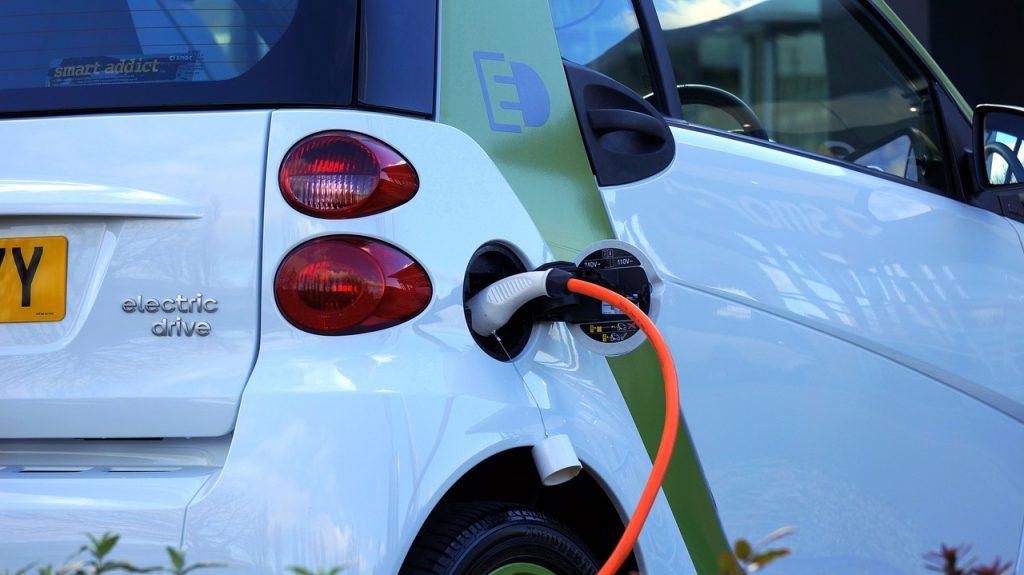The rise in popularity of electric vehicles is on a fast incline, however due to a lack of charging stations, there are many drivers who are apprehensive about making the switch to electric. Part of this challenge is connectivity for EVC stations, where each must have access to an internet connection for their IoT-enabled SIMs. However, with so many locations facing accessibility issues – for example, no access to fibre, or in areas with poor mobile data connectivity such as underground car parks – the rollout is not straightforward. A cellular connection, made possible with powerful mobile signal repeaters, could be the best solution for this challenge and help the UK Government reach its aim of 100% electric by 2040.
Electric Vehicles
In amidst the environmental concerns of 2021, petrol prices are at an all-time high (142.1 p/litre on average at the time of writing), with no indication of the increases ending. Between the rising cost of fuel and those looking to become more environmentally friendly, we are seeing a significant rise in the number of electric vehicles on the road. Over 657,000 plug-in hybrid electric vehicles and over 345,000 battery electric vehicles were recorded in October 2021. Popularity has also sparked amongst luxury car giants such as Audi, BMW, and Jaguar, with this switch in the market showing all manufacturers taking the electric vehicle industry very seriously.
However, due to the current lack of EV chargers located in cities and rural locations, there is uncertainty of whether an EV is practical, especially for longer journeys. The government has therefore created an Electric Vehicle Homecharge Scheme, granting £350 to those installing a charger at home, influencing the public to make the switch. The government also offers a grant of up to £7,500 for companies that can install on-street residential EV chargers – this funding can cover the wider technology required.
4G LTE /5G & IoT
4G LTE, which has been available since 2012 in the UK, offers a superior service than its predecessor, 3G. 5G, which is already in most large towns and cities in the UK, is already creating even more possibilities, thanks to unrivaled speeds, resilience, and latency. Cellular connectivity is widely used for IoT-enabled devices located in rural and urban areas that struggle with wired connections. As well as EVC points, this also includes telemetry devices, sensors, CCTV, access terminals, and other M2M applications.
Theoretical Maximum Networks Speeds
4G LTE – Download: 150Mbps / Upload: 50Mnps
5G – Download: 10Gbps / Upload: 1Gbps
Typical Real World Network Speeds
4G LTE – Download: 20Mbps / Upload: 5Mnps
5G – Download: 200Mbps / Upload: 12-20Mbps
IIoT / Industry 4.0
IIoT
The Industrial Internet of Things (IIoT) is an expansion of the internet of things (IoT). However, unlike IoT, it goes beyond normal consumer devices. Reliant on an IP network, IIoT makes use of smart sensors to enhance industrial processes. In the context of Electrical Vehicle charging, the system used for manufacturing robotics and EV chargers takes advantage of a cloud-based layer that can be accessed and controlled remotely.
Industry 4.0
Since Industry 1.0, which began in 1790, there have been many innovations in manufacturing, technology, and production processes. The latest era of the revolution, in which automation is the key theme, is known as Industry 4.0. Central to this is the processing and analysing of large volumes of data from multiple interconnected devices, with predictive analysis improving processes and allowing real-time decisions to be made.
Challenges for EV charging points
As already highlighted, one of the main challenges in consumers not purchasing an Electric Vehicle is due to the lack of charging points in public areas, with 85% of the population agreeing. Although many EVs can drive up to 200-miles per charge and the average daily distance is just 21 miles, drivers are still apprehensive. This is especially true for those living in busy urban locations with a lack of on-street parking and drivers traveling to rural locations that typically lack EV charging stations.
Revolutionising EV charging points
Due to the increase in the use of current EV charging stations, analysing data is essential for providers to understand the logistics of their charging points. Traditional connections work well, however they can be costly due to construction and can often not be installed in specific locations. 3G, 4G LTE (available for around 80% of the UK), and, increasingly, 5G, can offer the same secure, reliable, and high-speed connectivity without the extensive groundworks and expensive installation costs. Mobile signal repeaters present a low-cost, rapidly deployed solution for providing the required connectivity for the EV charging stations’ eSIMs. This IIoT connectivity enables remote diagnostics and maintenance for the operators, reducing the need for on-site engineers further down the line.
Conclusion
The government is continuing to push the proposal of being 100% electric by the year 2040 and it is evident that many drivers would be happy to make the switch if they felt more confident in the EV charging infrastructure. By enabling the required IIoT connectivity through 4G LTE / 5G, installation costs can be considerably reduced, while offering a reliable and easy to use connection for EVC providers and drivers alike. Charging stations can also be installed in more areas, including rural locations struggling with access to wired networks.
To find out more about how Boost Pro can help you reduce costs through our mobile signal solutions, contact us here.
